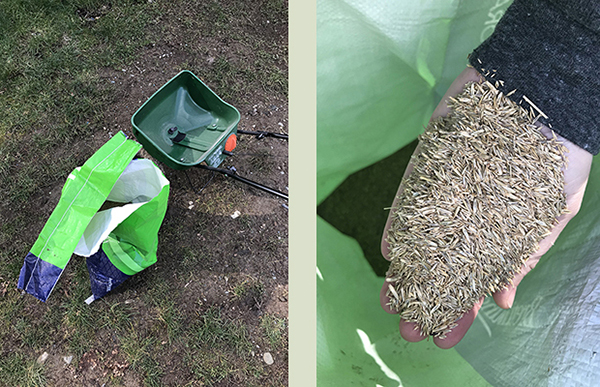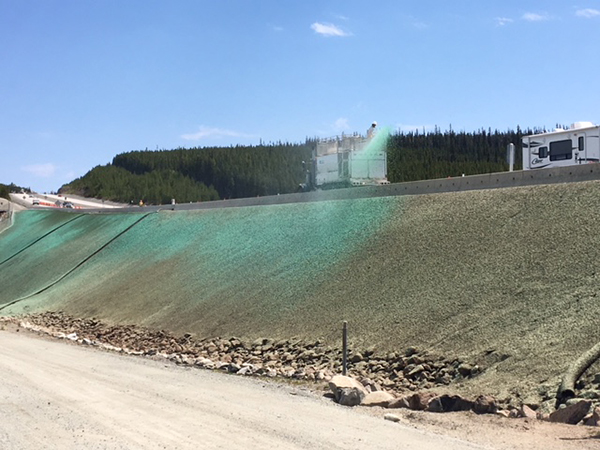2. Limit disturbance
When native plants are disturbed, destroyed, or crushed, they can lose their advantage over invasive plants. Any amount of exposed soil is an open door for invasive plant seeds. Once that door is open, invasive plants can grow and dominate, preventing native vegetation from coming back.
Think about how you can minimize disturbance of native plants while conducting your activities.
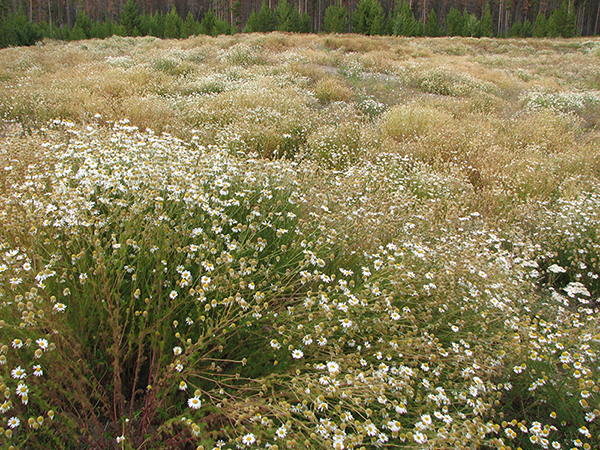
Click on each title below for more information.
Follow these important BMPs:
- Stay on trails and roads while driving, cycling, or walking, because trampling native species and creating exposed soils allows invasive seeds to take root.
- Whether it is a large construction project or the quick installation of a sign, always limit the extent of your disturbance of native vegetation and exposure of soil.
- If conducting ditching work, avoid putting soil on established vegetation—move soil to a disposal site or, if side-casting, ensure any exposed soil is flattened and re-seeded as soon as possible.
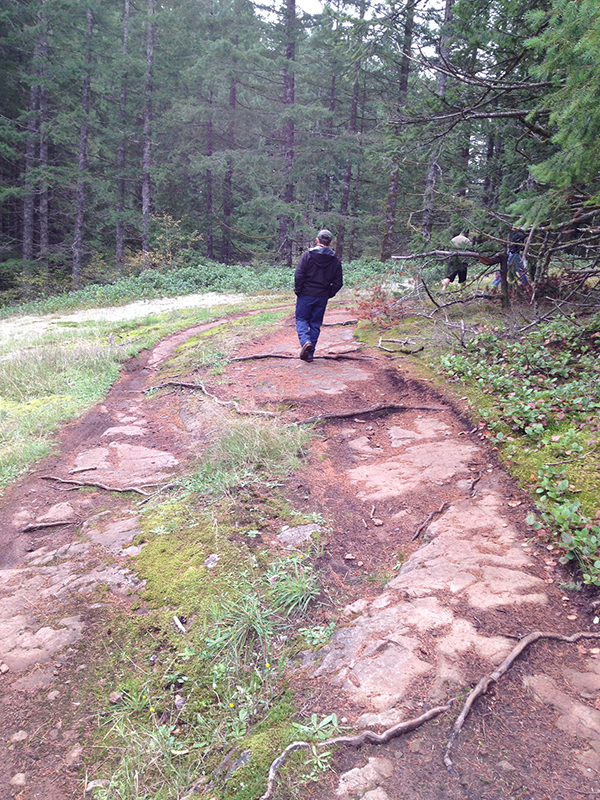
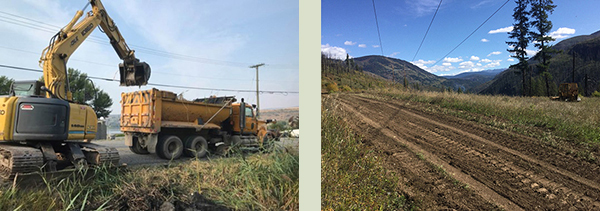
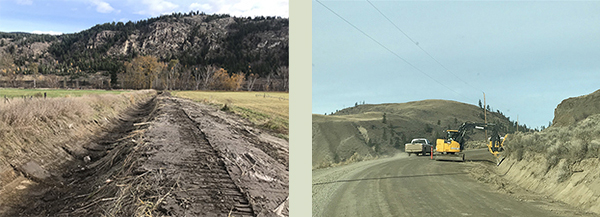
Follow this important BMP:
- If a site is disturbed, monitor it for the presence of invasive plants for at least three years following the disturbance.
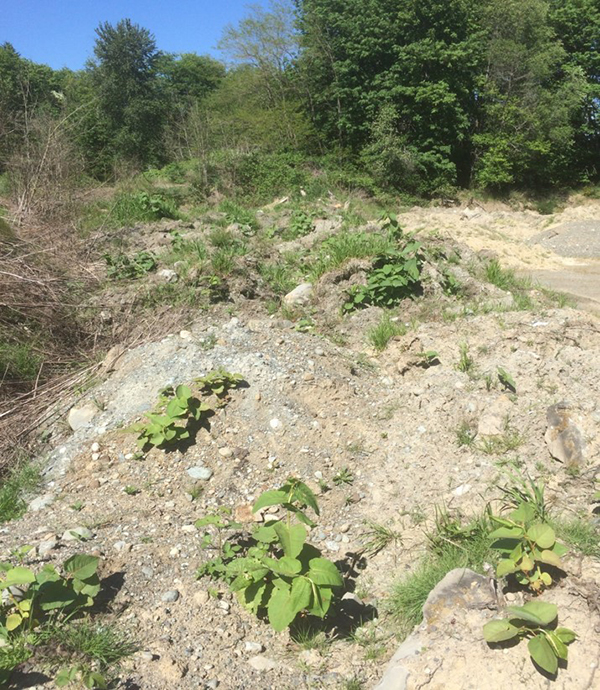
Follow these important BMPs:
- Always ensure that desirable vegetation levels are restored by seeding or planting following any type of disturbance.
- The best time to seed an area is spring or fall.
